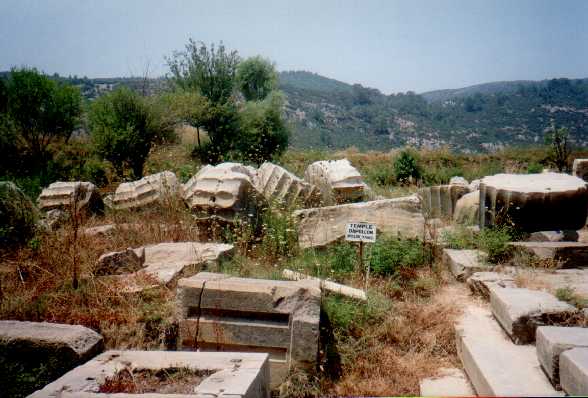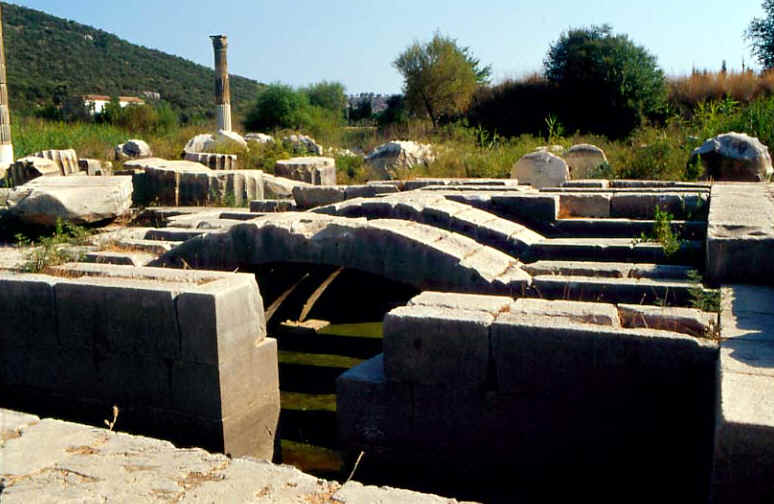This Data Base was designed by Juan Rodríguez Somolinos and Jose Luis Rodríguez.
The collecting and reviewing of the data was done by Juan Rodríguez Somolinos.
In three different stages of such process, Petra Benito, Eugenio Luján and, finally,
Pablo A. García and Natalia Elvira participated in the collection of materials; Pablo A. García compiled many
of the existing links to on-line journals, Natalia Elvira worked on the gathering of links to Internet Archive. We are also grateful to Francisco Fernandez
Izquierdo and Francisco Tosete Herranz, of the Institute of History of the CSIC, for
their technical advice and support.
The name chosen for the data base is a modest homage to the great epigraphist
Louis Robert, discoverer of the oracular temple of Apollo in Claros and of many of its
fascinating inscriptions, part of them unfortunately still unpublished. We also want
this instrument of work to be a memorial for our colleague Conchita Serrano, who devoted
a great part of her work in the DGE to epigraphy and who, in the pre-computer era, worked
on a manual file of concordances that was the germ of this data base.
We would greatly appreciate it if our readers contact us and provide us with new
concordances that should appear in this Data Base. At the moment, we thank the former
collaborator of the DGE Ma. Paz de Hoz, who provided us with a computer version of the
concordances of her volume on Lydian inscriptions, as well as with some books belonging
to the library of the University of Salamanca. We also thank our colleagues Helena Rodríguez Somolinos and Pilar Boned,
who brought us some volumes from the libraries of the Universidad Nacional de Educación a Distancia
and the Universidad Complutense of Madrid. Finally, we would like to thank Belén Martín and
Vanesa Romero, from the interlibrary loan service of the Centro de Ciencias Humanas y Sociales
Library, CSIC.
Finally, please note that in order to read the Greek words appearing on the list
of abbreviations you need to install the public domain font SPIonic,
by Jimmy Adair, Scholars Press. This font can be downloaded for
Windows
as well as for Macintosh
environments. Even without the font, the Greek transcription is relatively easy to
read as it is based on the Beta
Code.
|
















